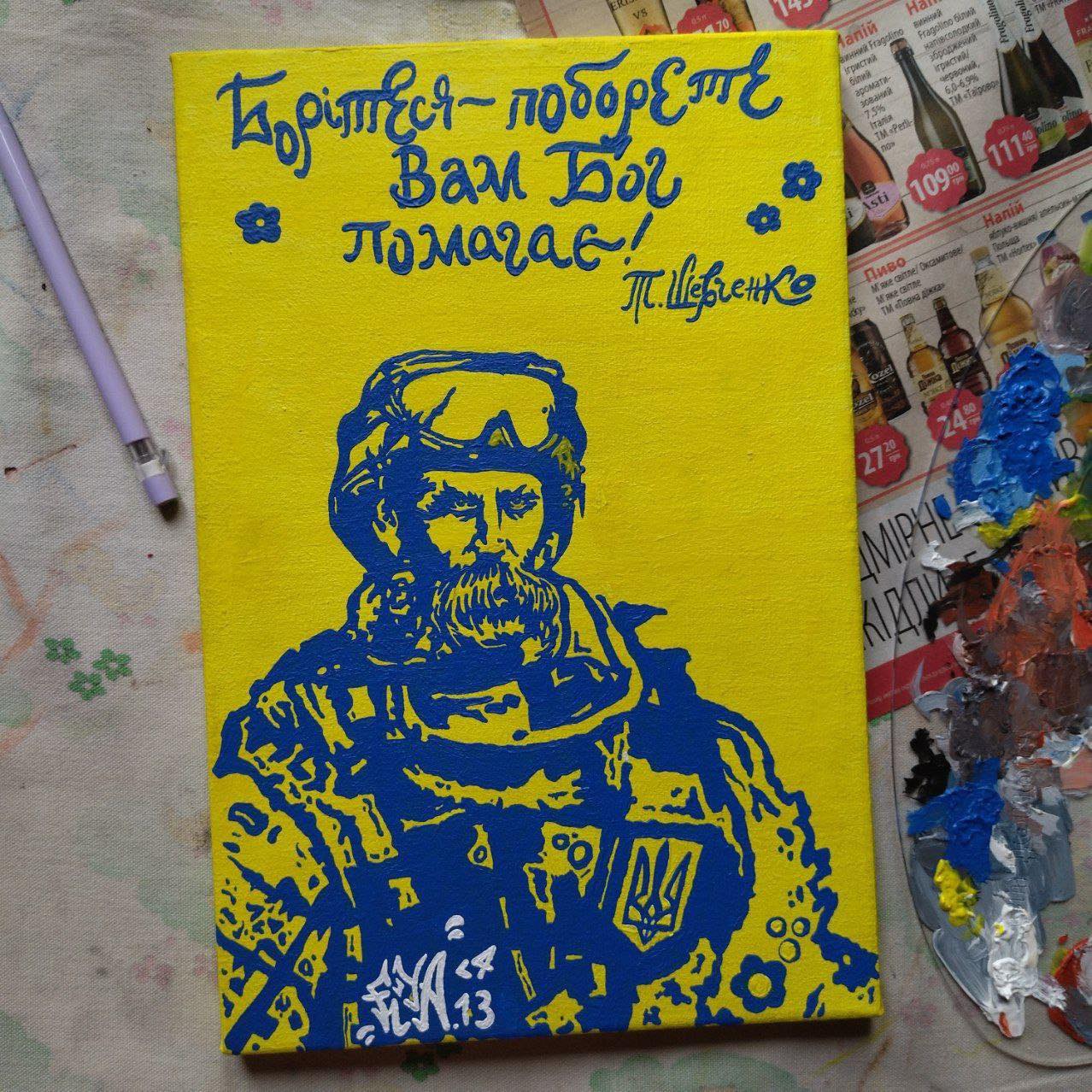
There is an interesting science known as toponymy. It is the study of geographical names, their origin, semantic meaning, development, current status, spelling, and pronunciation. Toponymy is an integral scientific discipline situated at the intersection of three sciences and uses data from three fields of knowledge of these sciences: geography, history, and linguistics. Also, toponymy is a branch of onomastics, a division of linguistics.
Place names are often given by the indigenous population of a certain territory, for whom each of the toponyms carries a semantic meaning. Geographical names carry some information from ancient times; they help historians to investigate the specifics of the settlement/migration of ancient peoples, and the main type of occupation in certain territories. After all, people gave names to the places of their permanent residence for a reason. Therefore, toponyms often characterise the territory from the perspective of those peoples who once inhabited a particular locality. Researchers call this science the language, archive, and chronicle of the earth.
Toponyms are a reflection of mentality. They reflect the peculiarities of an ethnic group, and the material and spiritual culture of a people, and directly influence self-identity.
Given this, it’s crystal clear why when someone seizes certain territories, they immediately begin to rename populated areas, streets, and erect monuments to their cultural figures, etc. For example, the villages of Illich, October, the streets of Kalinin, Kirov, Voroshilov, Lenin, Karl Marx, the cities of Dnepropetrovsk, Kirovograd, and others – all of this was with us until recently and we fought against it, but some remnants remain. All these toponyms are another tool of propaganda and denationalisation.
Yes, for example, after the deportation of the Crimean Tatars in 1944, the Soviet authorities began the Russification of toponyms on the peninsula, over 80% of names of Crimean Tatar origin were renamed. Generally, the Russification from the 18th century significantly affected Ukrainian oikonyms (names of settlements) in forms: a) superimposing Russian names in honour of Russian figures (for example, Dnipropetrovsk in honour of Hryhoriy Petrovsky or Katerynoslav in honour of Catherine II instead of the ancient Polovtsia); b) introducing Russian morphemic structures, for example, the prefix -sk, which has long become obsolete in Ukrainian toponymic word formation.
Now let’s delve a little into the reflection of the Ukrainian mentality and perhaps find a new source for studying our native region. Undoubtedly, we have very beautiful city names, but conclusions regarding the “deep” essence of the ethnic group should be based on the names of villages.
Because a city is an eclecticism of different cultures, it’s like an appearance that represents you to the outside world. A village is a soul, what’s inside. So, there are 27,163 villages in Ukraine, familiarising yourself with their names, one can say that they incorporate plant and animal motifs (in a word – natural), and many names attest to a settled way of life and managing one’s household (caring for the garden, orchard), there are often names with diminutive-caressing colouring (tenderness and close feelings), many variations of names with positive adjectives, and many names describing the locality (joyful, free, kind, sunny, quiet, peaceful, beloved, clean, mountain, level, forest, princely, red, field, Zaporozhian, golden, stone and others).
Here are some examples, though it’s hard to select just a few: Abrikosivka, Bozha Volya, Borshchi, Velyka Yablunka, Vesela Dolyna, Vilna Ukraina, Vilne Zhyttya, Halushky, Didova Hora, Dobra Krynytsya, Dubovyi Hai, Zhyvopysne, Zhytni Hory, Zaychyky, Zolota Lypa, Kobzarivka, Lahidne, M’yasozhari, Medove, Myluvannya, Mriya, Mudre, Nove Zhyttya, Oselya, Pryvitne, Promin, Pshenychnе, Radisne, Ray, Rybky, Ridne, Svoboda, Syrnyky, Sytne, Sonyachna Dolyna, Tykhi Verby, Troyandove, Khlibne, Charivne, Chereshenka, Chystenke, Chornozemne, Shchaslyve, Yasnozirya.
In Russia, there are about 150 thousand villages and I just want to list some examples, instead of any explanations: Musorka, Drochevo, Nedomerki, Zhadiny, Svinogor’e, Bolshoe Svinor’e, Svinosovkhoz, Tupitsa, Durakovо, Durkino, Durnoe, Bukhalovka, Boduny, Khrenovo, Khrenische, Uporovka, Shiryаevka, Lohovo, Bolshoe Lohovo, Maloe Lohovo, Loh, Tatarskaya Bezdnа, Shirokaya Shchel, Mutny Materik, Deshovki, Matyukovo, Blokhi, Galimyi, Dno, Morozilka, Dydyldino. And a few examples of river names: Tukhlyanka, Musorka, Pyana, Nyukhalovka, Shavka, Kherota, Dokhlaya Shchel.
Of course, no one insists that all villages have such names. However, a certain percentage of names with negative connotations exist. Hence, there is a certain percentage of people who once named their place of residence with names corresponding to their worldview and occupations.
Humanity is changing, the population is undergoing changes, but onomastic names remain. These names represent a truthful relic, the best-preserved remnant of the spirit that the local people once possessed. And now, from generation to generation, the concept of the village name has a significant impact on the subconsciousness of its population.
